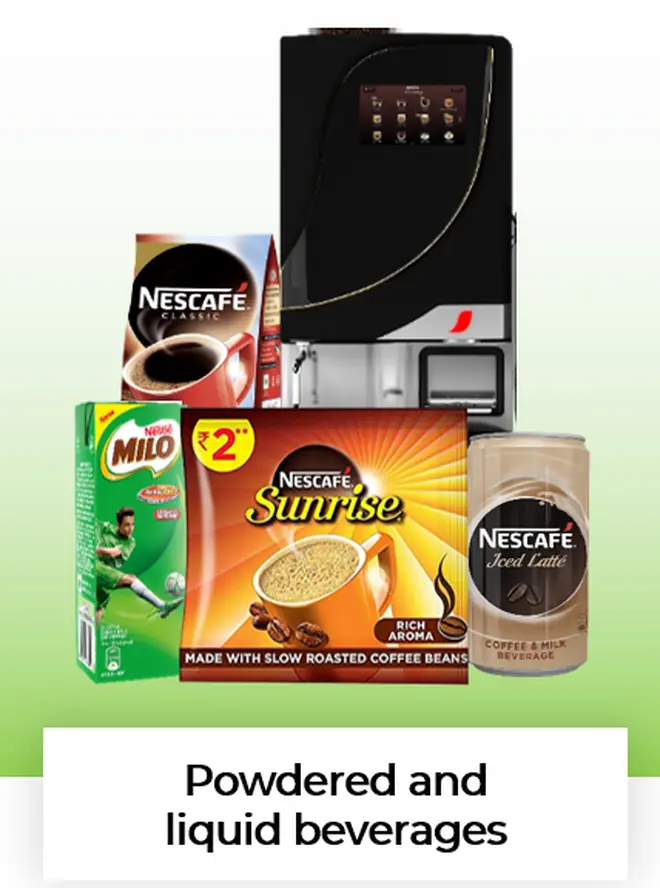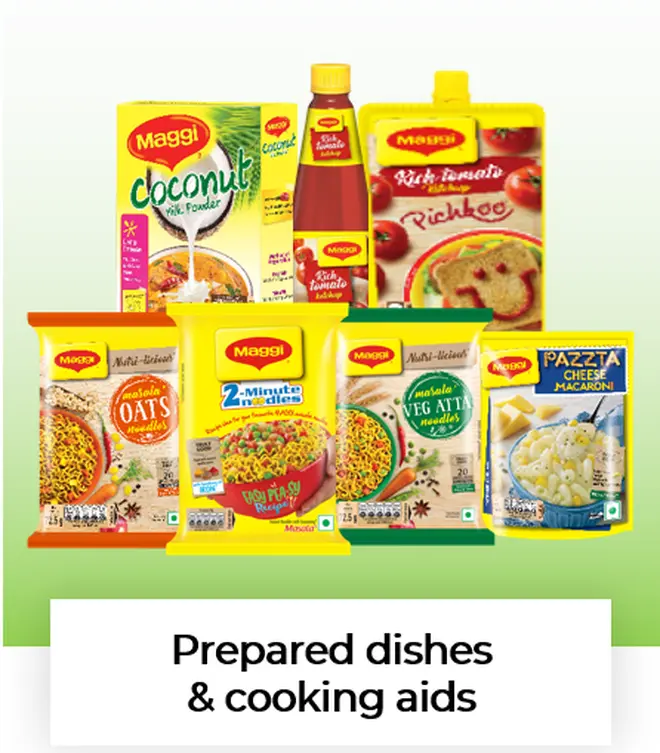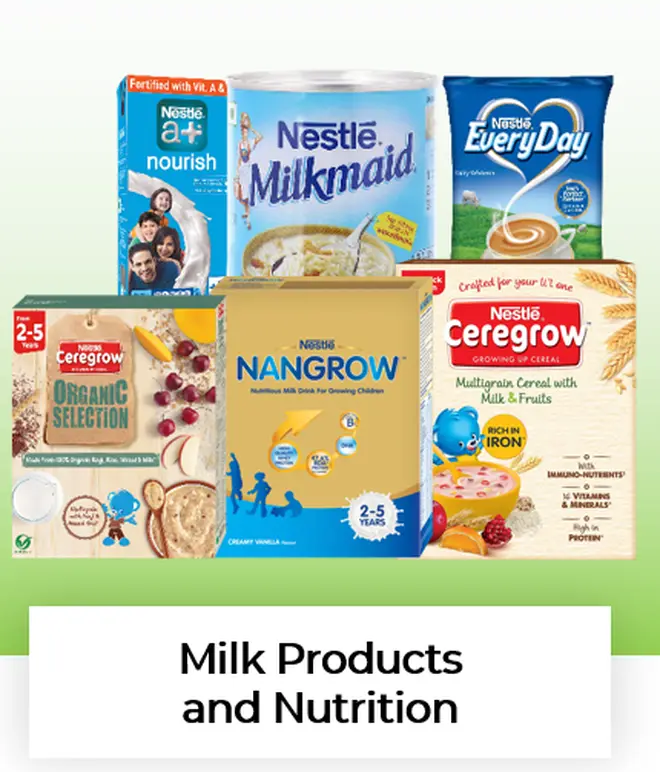Consumer goods firm Nestle India’s Chairman & Managing Director, Suresh Narayanan, believes that the days when a company had one product, took it across the country, and advertised it nationally is well and truly over.
“It is expensive and inefficient. Today, we use the power of data and information to geo-target products in a focused way,” he says.
The focus is now on certain brands and SKUs in particular geographies. For example, Nescafe Sunrise — largely a west and south-centric brand — is not present all over the country; in northern markets, it is Nescafe which is popular. Similarly, Nestle also launched a variant of Masala-e-Magic, which is tailored for the south.
Related Stories
How firms ensure output during Covid wave
Companies employ a variety of measures to keep factory output going during the Covid-19 spike“Brands seek relevance and resonance in the context in which they are launched. Nescafe Sunrise is a coffee brand tailored to the South Indian palate and hence, it is predominantly in the South though we can have a selective presence in other states and cities such as in Mumbai, especially Chembur and Matunga which have a strong South Indian presence. Masala-e-Magic has also been launched for the south and is tailored to ‘poriyal’ (curries) type dishes,” explains Narayanan.

Using similar logic, Nestle launched a customised Maggi Masala — veggie noodles for the south — which caters to local tastes as revealed through consumer insights and cluster methodology.
Cluster strategy
Three years ago, Nestle divided the country into 15 clusters of channels of SKUs, brands and categories.
“We implemented the cluster strategy of segmenting India by consumer, category, brand, channel and media /consumer insights and analytics framework more than three years ago. We have only tried to fine tune it with Covid-related information,” says Narayanan. Feeding rich data for this strategy is Nestle’s data analytics group — MIDAS (multi-intelligence data analytics system).

With Covid, in-home penetration of some of Nestle’s brands increased dramatically, as did particular value-seeking behaviour for packs and in certain geographies. These were quickly subsumed into the analytic framework of the clusters. An example, elaborates Narayanan, is the Maggi sauces range, as well as Masala-e-Magic.
In the last four to five years, Nestle has launched around 90 new products and another 20-30 are in the pipeline. Some of the successful brands across its chocolates and confectionery, coffee and toddlers’ range are Ceregrow, Nangrow, Nescafé e-machines, KitKat Dessert Delight, Munch Nuts, Maggi Special Masala noodles.
Supporting the core
But, at this moment, Nestle is focusing on its core.
“We have to see that the core continues to get the strongest support; in any business model, we have to protect that core that contributes more than 50 per cent of the topline. We want to keep growing the portfolio of brands we have in nutrition, chocolates, confectionery and coffee, and prepared dishes, and we need to have adequate fuel for growth in terms of advertising and distribution, and capex support. We had announced ₹2,600 crore of investment and almost half of this is complete — and it is supporting these four categories,” says Narayanan.
Related Stories
A sprinkling of dohas, a shot of Nescafe
A conversation with Nestle India chief Suresh Narayanan on succeeding without an MBA, learnings from the Maggi crisis and moreAbout ₹1,000 crore has been spent in the prepared dishes (Maggi), chocolates and coffee business by the company.
“We invest from internal accruals and have a very low debt dependence,” he adds.
Narayanan says Nestle’s innovation platform is working on hyper-drive and will gain more traction once things start getting clearer post-pandemic.
“I don’t want a situation where we launch 20 new products and find that distribution in half the places is not happening, or there’s a problem in supply of material to factories. So, the focus is clear — the core must deliver and if the core powers through, the rest can tag along,” he adds.

Narayanan sees a few irreversible consumer trends post the pandemic which will help brands like Nestle grow. One, is trust in the quality of products. He maintains that the older brands with an established reputation are at an advantage. Second, consumers are seeking immunity and safety for the family; and third, the quality of nutrition.
“People will buy products which are more efficacious on the nutrition front. They are also seeking value because people are going to be strapped for budgets,” he elaborates.
Digital channels
Lastly, Narayanan says, digital as a way of business and interface has become entrenched.
“No company can afford to have an offline brick-and-mortar approach; companies will be forced to go digital. Companies like ours can look to a better future as people sitting in smaller towns are aspirational and wish to buy the products urban India consumes,” he adds.
Nestle spends a lot on digital advertising and promotions, especially brands such as Nescafe, Kitkat, Maggi and Milkmaid, which became an important product during the pandemic with home-baking picking up.
“For some brands, digital can be half the overall promotional spends; in all, 30 per cent of overall ad spends will be on digital,” he says.
Presently, Nestle sees around six per cent of sales from digital, and climbing.
On-ground distribution
This is not to discount on-ground distribution as well; both are needed, Narayanan notes.

Nestle covers five million outlets and, in the next couple of years, will reach 6.5 million outlets.
“More than the number of outlets, it’s the quality of distribution for us. Categories like biscuits and tobacco go to many more outlets, but my products only need to go to certain type of outlets,” he points out.
Courting GenZ
Like many traditional FMCG companies, Nestle too is looking to leverage social media and Gen Z knowledge. “What I try and do is learn from my young managers. I do ask dumb questions; it’s fascinating the way they think about these things.”
When Nestle wanted to re-launch Maggi, Narayanan’s first instinct was to launch in the trade as that’s the way he had been taught.
But, he elaborates, “A young assistant manager said we should launch on Snapdeal as his generation avoided going to shops. We launched 60,000 special Maggi packs on Snapdeal and they were gobbled up in ten minutes. We had more media than six months of spends, and the idea came from a young manager. Nestle is a young company and youngsters know the digital medium and message better. What I am able to provide is wisdom and a touch of pragmatism.”








Comments
Comments have to be in English, and in full sentences. They cannot be abusive or personal. Please abide by our community guidelines for posting your comments.
We have migrated to a new commenting platform. If you are already a registered user of TheHindu Businessline and logged in, you may continue to engage with our articles. If you do not have an account please register and login to post comments. Users can access their older comments by logging into their accounts on Vuukle.